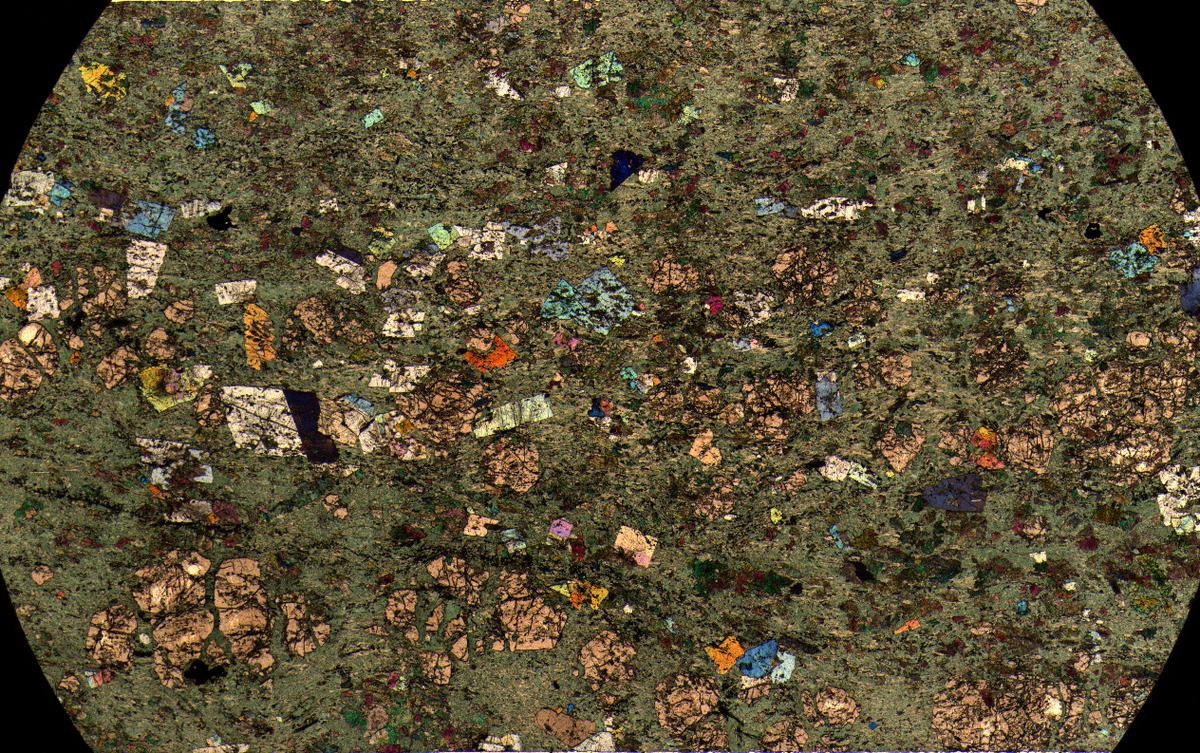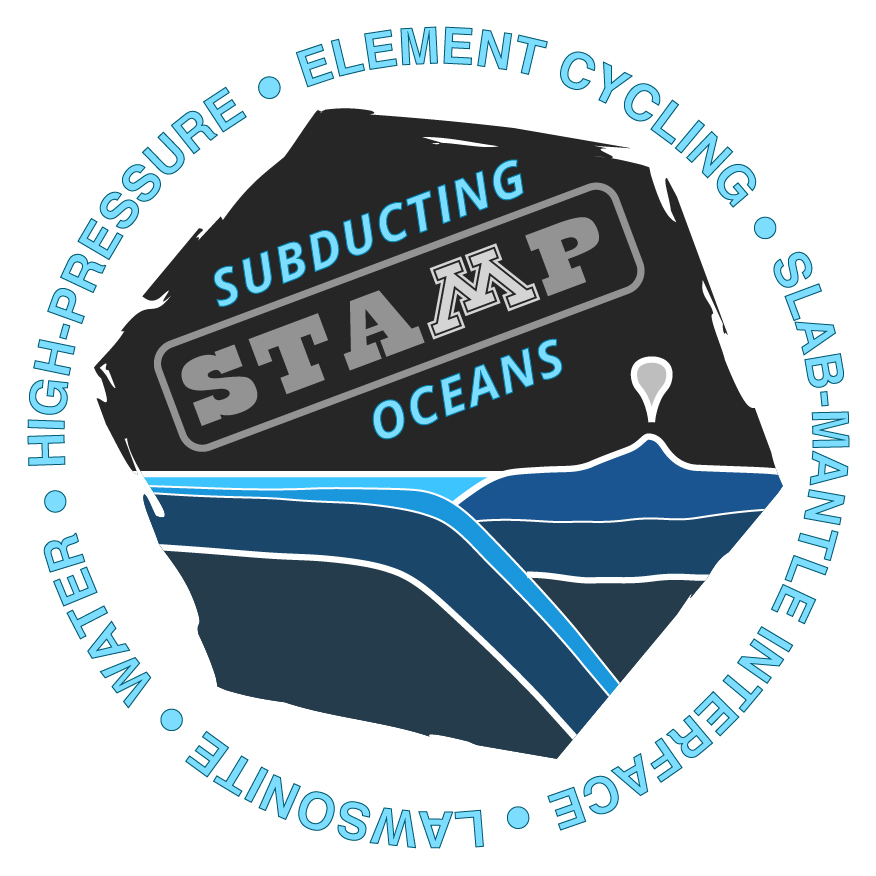
Volatiles and other elements are transferred from subducted lithosphere to the overlying mantle wedge, influencing the composition of the mantle and, eventually, the composition of arc magma, the atmosphere, and oceans. Although subducted lithosphere dehydrates as it dives into the mantle, subducted crust typically contains abundant hydrous minerals to great depths, including at conditions corresponding to the maximum depth from which subducted oceanic crust is typically exhumed (~70-80 km). The geologic record of fluid-rock reactions during subduction is primarily in high-pressure/low-temperature (HP/LT) complexes.
One of the most important hydrous minerals in subducted crust and sediments is lawsonite (CaAl2Si2O7(OH)2.H2O). The primary significance of lawsonite for planetary processes is its role in element cycling, including the transport of water through subduction zones. Lawsonite is a major carrier of water and many trace elements into forearc, subarc, and deeper parts of the mantle.
However, unaltered lawsonite is rare, particularly in eclogite, because lawsonite is easily replaced by other minerals and therefore is uncommon in the geologic record. Nevertheless, we have been studying lawsonite eclogite and blueschist sites of the world, and using its composition, zoning, and microstructure to track subduction metamorphism and deformation processes. Key field locations include Turkey, eastern Australia, and California.
